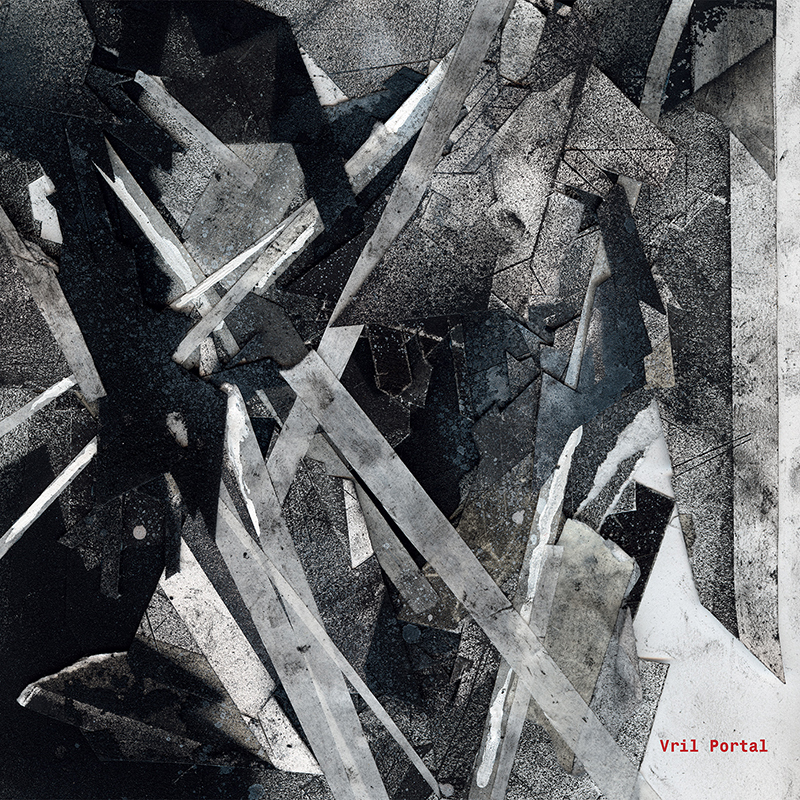Vril Portal
The Giegling affiliate draws up another world—or at least attempts to—on his second LP.

It’s appealing to think of Vril‘s second album, Portal, as a doorway into a set of discrete rooms. The titles of these tracks—”Portal 1,” “Portal 2,” “Portal 3,” and so on—invite the listener to consider the album in this way. This is probably Vril’s intention; by presenting this record—to paraphrase the press release—as a series of moments recalled from another dimension (hence the name of the LP), Vril neatly sidesteps the labor of having to make an “album.” Portal, which is arriving via the Delsin label, would rather present itself as a mosaic of moods, a collection of pieces in various shapes and colors that occupy the same surface area, placed beside each other at awkward angles.
When inspecting this mosaic more closely, its superficial flaws are a little more off-putting than they should be. Portal is sequenced in a somewhat ungainly manner, and there are moments when it judders quite inelegantly. “Portal 1,” with its simple, elongated fade into the proceedings, eases gently into its smoky melodies and pulley-driven chords; after a few minutes, it dissipates in another prolonged fade-out. In contrast, “Portal 2” is a sudden jolt into fourth gear—the transition would benefit from more finesse. Meanwhile, a burst of overdriven white noise introduces “Portal 3” which, fleeting though it is, just sounds a bit unpleasant. Though these issues are ultimately minor—these moments only take up a few seconds of a 47-minute-long record—it conveys a slight lack of care.
The same can’t be said for the tracks themselves, which, once they get going, show a producer well versed in the finer details. Vril’s EPs—especially the trio he released via Giegling—are full of pliable techno tracks with an aqueous quality about them. They’re neither fragile nor unyielding. “Portal 5” offers a fine example of this fomula: there’s something quite Fengler-esque about its bouncing chords (and there’s a stab that specifically recalls a pastel-y take on the Berghain resident’s monstrous “Friction”), but Vril places the claps and kicks in a much airier space. Only on “Portal 4” do these elements stick together and form something much denser. It’s full of unruly belches and burps laid over tension-building two-note chords, looping more or less every eight bars; on paper, that sounds especially repetitive, but the detail in each loop is endlessly immersive.
On occasions where Vril lets these loops unfurl, the results are dazzling. “Portal 7” is a thrilling peak-time denouement with a billowing chord sequence and hi-hats that crash against the track’s sides like ocean spray. As with most of these tracks, “Portal 7” pulses and thrums in all the right places. But, returning to Portal‘s apocryphal inspiration, the idea of the album was to present tracks from another world. Portal is a solid techno album, but its promise of the exotic and otherworldly doesn’t quite reflect the reality. There’s little here that one would call truly experimental (“Portal 8,” a noise outro, is an afterthought in this respect), and the album’s strongest moments err on territory Vril is already comfortable with. Portal is a decent record—and there’s plenty here to enjoy—but the implied novelty of its title is something of a misnomer, because the LP is presenting a world we’ve already visited before.

